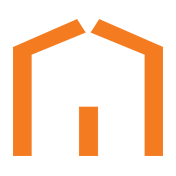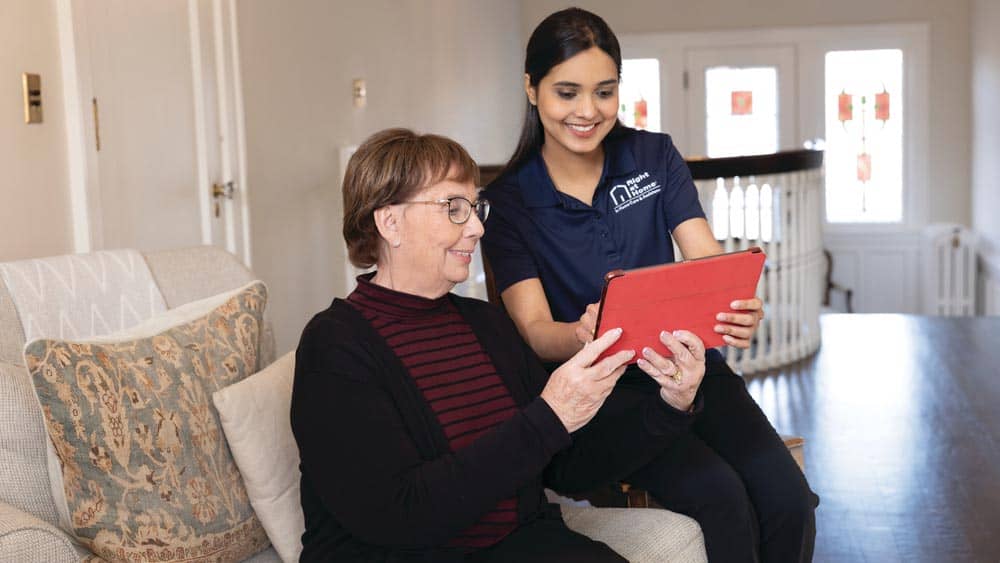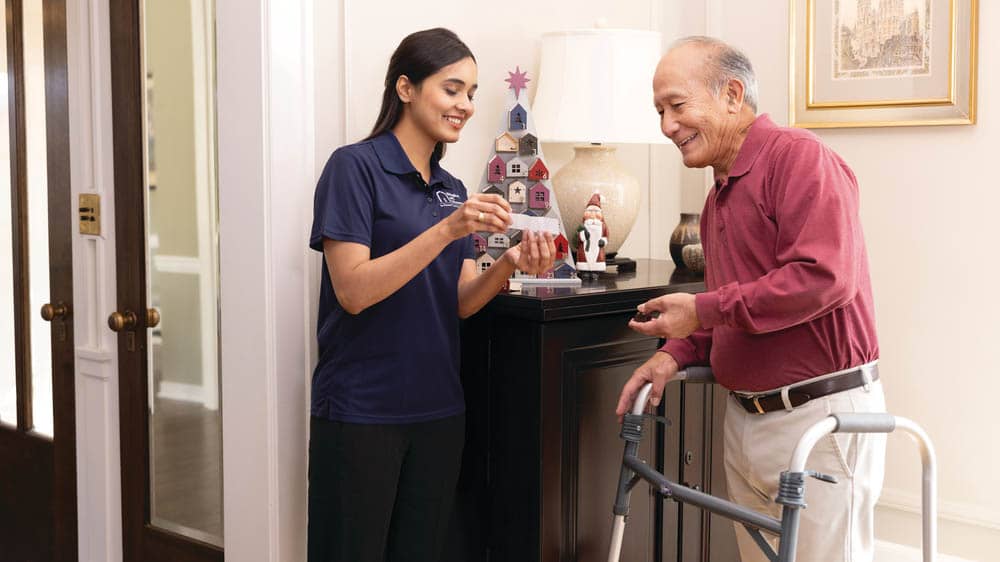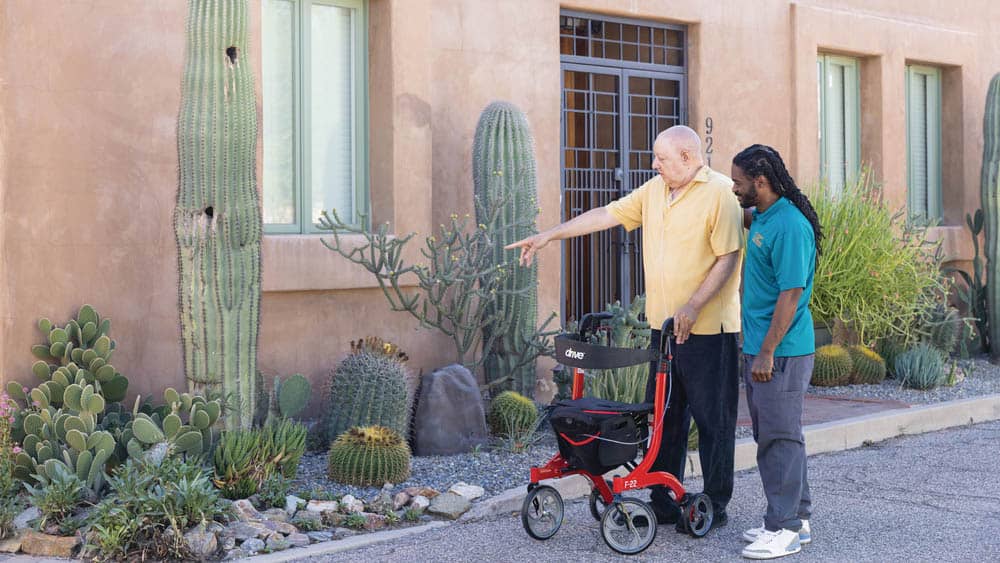

Buying Guide: Medical Alert Systems Have Come a Long Way
Medical alert systems, traditionally known for their “I’ve fallen and can’t get up” ads, have come a long way. Initially designed as basic push-button devices that alert a call center during emergencies, modern systems now feature fall detection, GPS tracking, health monitoring, and mobile connectivity. These enhancements cater to a broader range of needs, from everyday safety to chronic disease management.
Features That Stand Out
- Fall detection: Advanced sensors and algorithms allow some devices to automatically detect falls, promptly notifying emergency services and preselected contacts without the wearer needing to press a button.
- GPS tracking: GPS-enabled devices help caregivers locate the wearer quickly and accurately. This is especially useful for individuals with conditions like Alzheimer’s or other forms of dementia, both of which may cause wandering.
- Health monitoring: Many modern systems include features that monitor the wearer’s vital signs, such as heart rate or blood pressure, providing alerts when readings fall outside normal ranges. This continuous monitoring helps in early detection of potential health issues.
- Mobile integration: Medical alert systems now offer apps that allow family members to monitor the wearer’s status, receive alerts, and even track health trends directly from their mobile phones.
Benefits to the Wearer
The main reason someone might decide to wear a medical alert system is the assurance that they can get help when an emergency happens. Of course, this is especially helpful for people who live alone. The independence these devices provide can greatly enhance the user’s quality of life and help them feel safe at home or while out and about.
Benefits to Family, Friends, and Caregivers
For caregivers, friends, and family members, the advantages of these systems include:
- Peace of mind. Knowing that an older or vulnerable loved one can quickly access help if needed reduces anxiety and allows family members to feel more secure about their loved one’s safety.
- Less stress. Caregivers often face physical and emotional stress, especially when they’re caring for someone with complex needs. When the care recipient has a medical alert system, the caregiver may experience less stress knowing that the system can detect emergencies and alert those who can help.
- Enhanced communication. Some systems allow two-way communication between the user and the caregiver. This means caregivers can provide comfort and assistance immediately, even if they are not physically present.
Choosing the Right System
Selecting the right medical alert system depends on various factors, including the wearer’s health needs, the intended use (home-based vs. mobile), and the wearer’s and caregiver’s comfort level with the technology. Consumers should compare features, service plans, and reviews to find a solution that works well for everyone.
How Right at Home Can Help
Right at Home can help you navigate the aging journey. We offer a wide range of services, including transportation to appointments, safety supervision, and keeping an eye out for potential fall hazards. Other services include a myriad of homemaking/companion and personal care services. Our caregivers can provide support in harmony with many of the medical alert systems on the market. For additional guidance about which medical alert system might be right for you, consult your local Right at Home office.
Download our FREE Fall Prevention Guide today, or use our location finder to contact the office nearest you and schedule a free in-home care assessment.
Interested in receiving helpful tips and information about the aging journey delivered to your email inbox? Subscribe to our monthly Caring Right at Home e-newsletter today.







